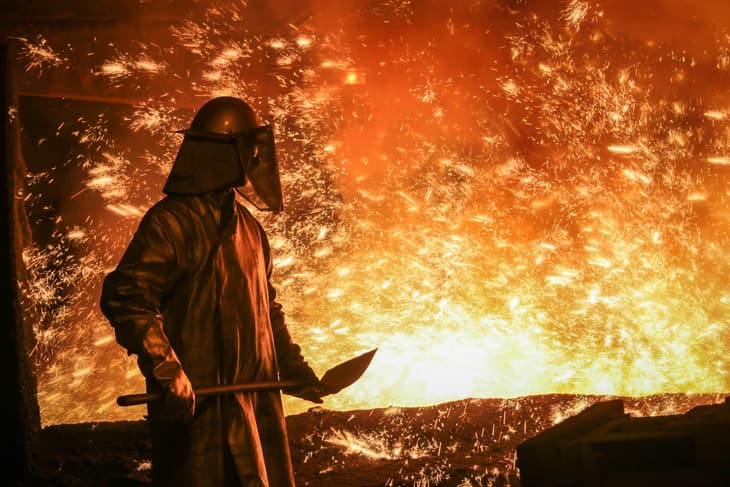German steel producer Salzgitter has signed a pre-contract for the offtake of Uniper-produced green hydrogen from a planned 200MW electrolysis plant at the port of Wilhelmshaven.
Depending on the availability of Germany’s planned core hydrogen network and a specific pipeline route from Wilhelmshaven to Salzgitter, Uniper could supply up to 20,000 tonnes of green hydrogen per year from 2028 for the steelmaker’s low-carbon steel programme.
The companies said a pipeline connection was “absolutely essential” and must be established as “quickly as possible,” urging pipeline operators and policymakers to agree on an accelerated timetable.
... to continue reading you must be subscribed





